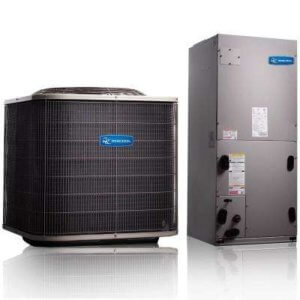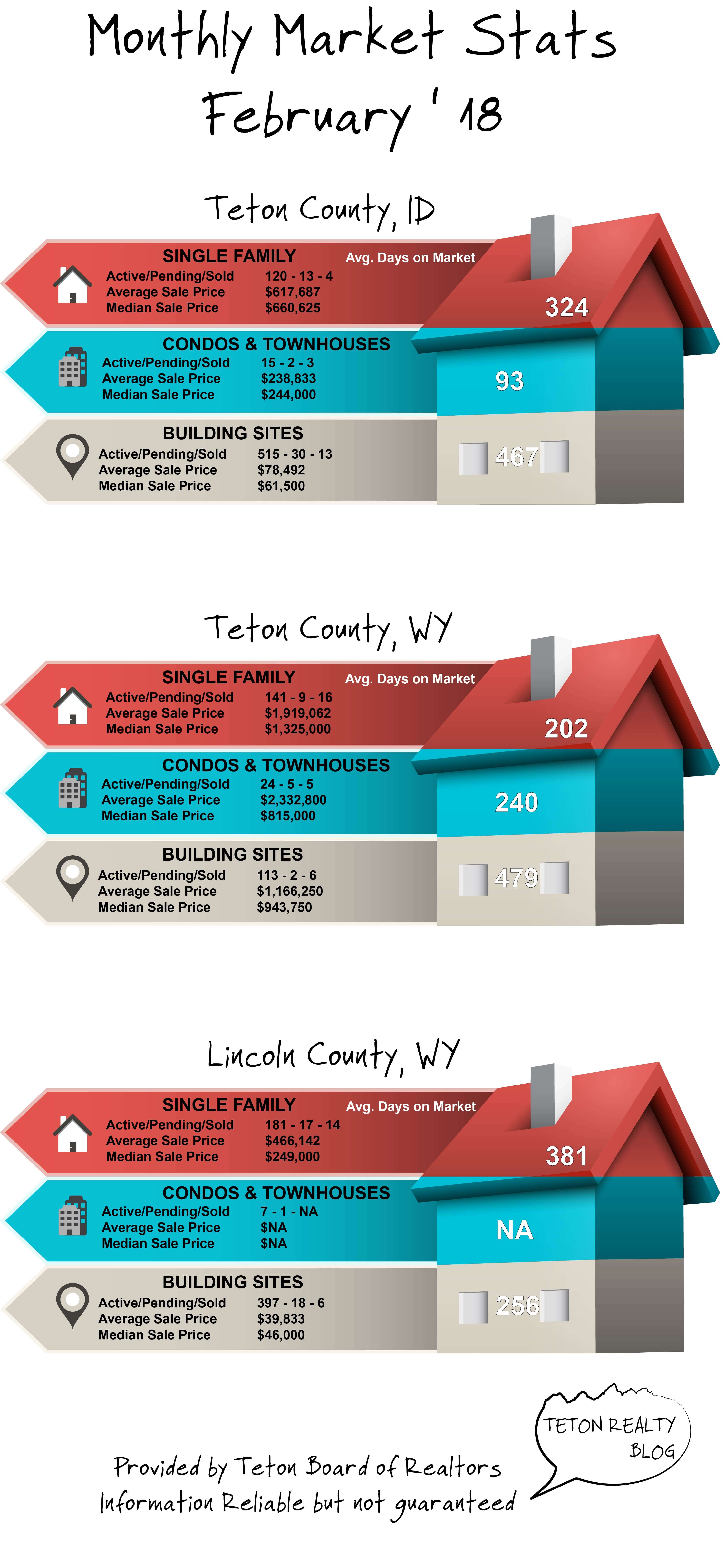***NOTE: This article is intended primarily for Teton County Idaho and Teton COunty Wyoming. If you are purchasing land in surrounding counties, contact me for assistance.
Yes, inspect not expect. Before I dive into this, note that I cannot outline or detail every aspect or potential problem that may come with a particular piece of property. Below is general information which can be applied to any lot, but special inspections or considerations may need to be explored.
Building Eligibility & Permits
Teton County, Idaho (includes Driggs, Victor, Tetonia)
Planning & Zoning
208-354-2593 (phone)
208-354-8410 (fax)
[email protected]
Teton County Building Department
208-354-2593 (phone)
208-354-8410 (fax)
[email protected]
Teton County, Wyoming (includes Alta, Jackson, Wilson)
Planning, Building & Development
307-733-3959 (phone)
307-733-4451 (fax)
https://www.tetoncountywy.gov/518/Planning-Building
Well Research
Water Well Research Idaho Department of Water Resources
http://www.idwr.idaho.gov/Apps
Eastern Regional Office
900 North Skyline Drive, Suite A
Idaho Falls, ID 83402-1718
P: (208) 525-7161
F: (208) 525-7177
Septic Research
Teton County, Idaho (includes Driggs, Victor, Tetonia)
East Idaho Public Health Department
http://www.eiph.idaho.gov/
Teton Valley (Savannah Rice)
208-354-2220
[email protected]
Site Analysis Excavator suggestion:
Action Excavation
208-354-3478
Municipal Water & Sewer
Teton County, Idaho (includes Driggs, Victor, Tetonia)
driggsidaho.org
victorcityidaho.com
tetoniaidaho.com
Wetland Research
Teton County, Idaho (includes Driggs, Victor, Tetonia)
(Contact Teton County for Wetland Overlay first)
Army Corps of Engineers
208-522-1645
http://www.nww.usace.army.mil/
Wetland Specialists & Soil Testing
(For delineation analysis, etc.)
Rocky Mountain Environmental
208-524-2353
http://www.rockymountainenviro
Intermountain Aquatics
(208) 354-3690
[email protected]
http://www.intermountainaquati
Fire Marshall
Teton County, Idaho (includes Driggs, Victor, Tetonia)
Fire Marshall: Earle Giles III – [email protected]
Well Drillers
Denning Well Drilling:
208-523-4600
http://www.denningwelldrilling
Andrew Well Drilling
208 522-2794
http://www.andrewwelldrill.com
Water Testing
Teton Microbiology Lab
208-932-0215
Teton County, Idaho (includes Driggs, Victor, Tetonia)
Idaho Department of Quality:
DEQ Idaho Falls Regional Office
900 N. Skyline Drive, Suite B
Idaho Falls, ID 83402
(208) 528-2650
toll-free: (800) 232-4635
http://www.deq.idaho.gov/
Power
Teton County, Idaho (includes Driggs, Victor, Tetonia)
Fall River Electric
208-652-4731
(Wendy Celino for power line availability questions)
http://www.fallriverelectric.c
Teton County, Wyoming (includes Alta, Jackson, Wilson)
Lower Valley Energy
307 733-2446
Phone & Available Internet Speeds
Silverstar Communications
208-354-3300
http://www.silverstar.com/
 You’ll probably find a video in the coming weeks with respect to heat pumps in our climate, I’ve just installed one. One can assume that probably means that they do work in our climate, otherwise I wouldn’t have installed one. The real answer is, pretty much. With that said, read on for details.
You’ll probably find a video in the coming weeks with respect to heat pumps in our climate, I’ve just installed one. One can assume that probably means that they do work in our climate, otherwise I wouldn’t have installed one. The real answer is, pretty much. With that said, read on for details.

